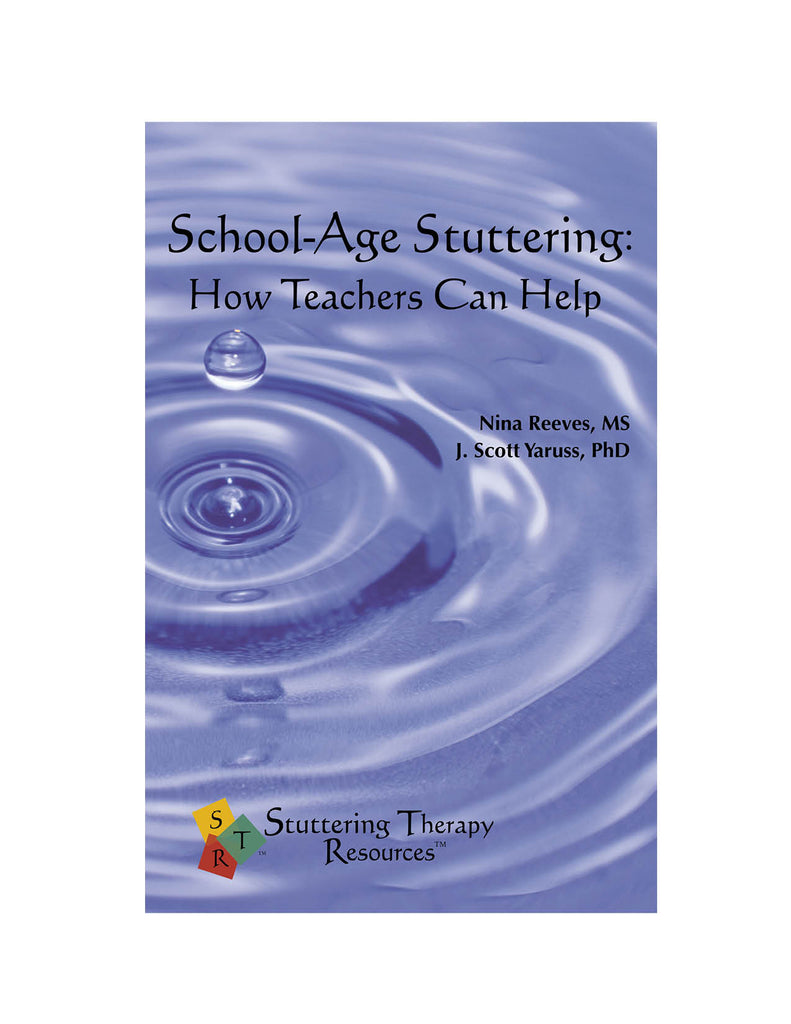Following a recent professional development for SLPs, I was asked, “What can teachers do to help students who stutter?”
The answer to this question can vary depending on the age of the child who stutters, but I would like to provide a few general thoughts that help teachers of students of any age.
In brief, teachers can help students who stutter by:
- Providing a classroom atmosphere of acceptance of all differences
- Modeling patient listening for all students, and definitely for the student who stutters
- Encouraging communication by listening to and responding to what the student is saying, and not how he/she is saying it
- Working in collaboration with speech professionals to discover what the child’s comfort levels are and how to best support him in classroom communication situations
- Reaching out to parents and SLPs when concerns arise so everyone can be a part of the child’s support team
Additionally, for school age students I always start the school year with an age-appropriate “teacher letter/email/brochure." This is developed by the student (with my support). These methods of correspondence are crucial because they allow our students to feel empowered by using their own voices to advocate for what they need (and don’t need) in the classroom. (Note: We have information on how to create "listener letters" in our clinical manual School Age Stuttering Therapy: A Practical Guide.)
And finally, one direct question I want to answer is “Do I (SLP) ask teachers to signal children to use their techniques in the classroom?” In response, I suggest asking yourself: Would YOU want someone to cue/correct you while you were trying to communicate in front of your peers?” I think not, so let’s make certain we discuss all types of interactions as a team (including the child) before deciding on what may be best for any student. Most students do not wish to be singled out by having a teacher comment or cue their speech in any way (encouraging or not). We must be cognizant of the child’s feelings and the unintended message that cueing could send (“Stuttering is not acceptable in the classroom.”)
What is most beneficial is when teachers develop a rapport with their student, so they can feel free to privately ask questions about how to help in the classroom (e.g. "I love when you share your thoughts in class; is there anything I can do/not do that would support your communication in the classroom?”).
Below you will find some additional resources that can be of assistance for you in collaborating with teachers. Stop back soon for more Practical Thoughts on working with students who stutter and their families!
- Our $5 booklet from Stuttering Therapy Resources outlines what teachers need to know and what they can do to help their students (School Age Stuttering: How Teachers Can Help).
- Our Free Practical Tip Handout describes ways that clinicians can help children educate their teachers about stuttering.
- Our Free Practical Tip Video provides 5 key tips for working with teachers of children who stutter.





